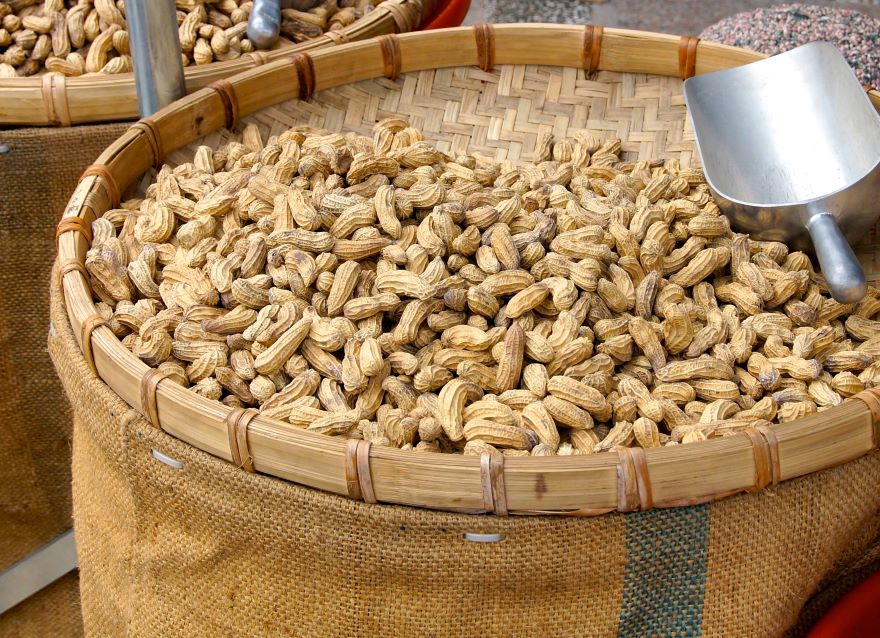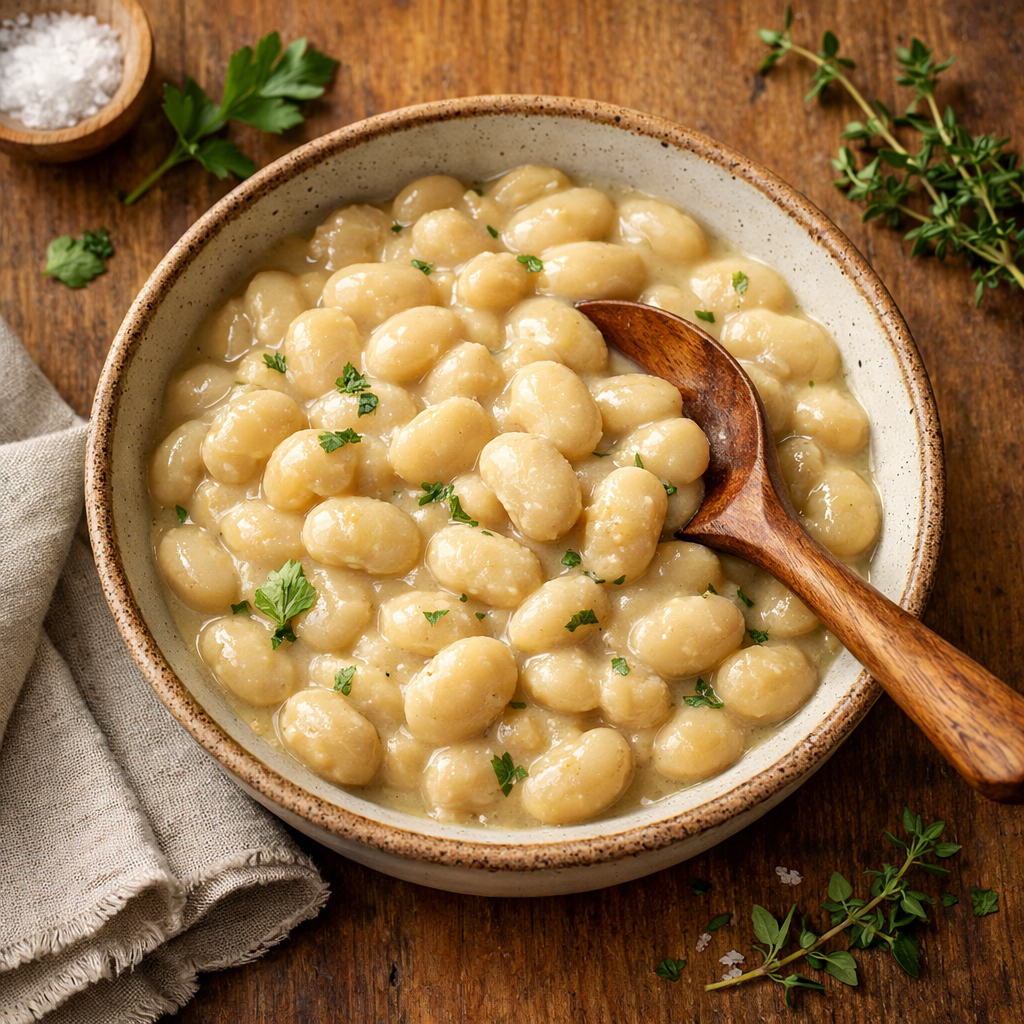Cajun boiled peanuts, a beloved snack, boast a spicy, robust flavor that deeply roots them in Southern culinary tradition. Originating from Louisiana’s vibrant Cajun culture, this recipe transforms the humble peanut into a mouthwatering delicacy. The process involves boiling raw peanuts in a fragrant, spicy brine that often contains Cajun seasoning, salt, and other aromatics, leaving the nuts soft, spicy, and incredibly flavorful.

As a passionate cook exploring regional delicacies, I see preparing Cajun boiled peanuts as connecting with a generations-old cultural practice, not just following a recipe. Unlike other snacks, these peanuts provide more than just taste; they offer a dose of protein and fiber, contributing to a nutritious snack option. You can prepare Cajun boiled peanuts using a crock pot, instant pot, or traditional stovetop method. Enjoy them fresh for the best flavor or store them properly for later.
Key Takeaways
- Cajun boiled peanuts are a flavorful and protein-rich snack steeped in southern tradition.
- They can be prepared using a variety of cooking methods and are high in fiber.
- Proper storage extends their shelf life, making them a convenient snack option.
History and Cultural Significance

Boiled peanuts have long been a staple in Southern cuisine, deeply rooted in the traditions and history of the region. Originating as a simple method to preserve peanuts, this nostalgic snack has evolved into a cultural icon, especially prevalent in states like South Carolina and Alabama. My research reveals that the practice of boiling peanuts was likely adopted from African culinary traditions, introduced to the South during the era of the transatlantic slave trade.
As a Southern tradition, the enjoyment of boiled peanuts is often associated with the laid-back, communal gatherings characteristic of the area. I’ve found that South Carolina, in particular, holds a significant place in the history of boiled peanuts. It’s where, in 1925, enterprising individuals capitalized on the popularity of this humble snack, sold by the bag at modest prices.
The Cajun twist to the classic boiled peanut recipe brings in a vibrant burst of spice and flavor, reflective of the Cajun cuisine known for its bold taste profiles. This adaptation signifies the beautiful melding of cultures within the Southern culinary landscape. Today, the Cajun boiled peanut carries not just the taste of the South but also tells the story of its diverse cultural influences and the way food can connect us to our history.
Health Benefits

Cajun boiled peanuts are not just a delicacy; they offer a myriad of health benefits due to their rich nutritional content.
Nutritional Profile
Boiled peanuts are a great source of protein, providing essential amino acids necessary for muscle repair and growth. One ounce of peanuts contains approximately 7 grams of protein. In terms of calories, the same serving has about 160, which contributes to energy levels. Peanuts are relatively low in fat compared to other nuts, with a balanced mix of monounsaturated and polyunsaturated fats. They are also a good source of dietary fiber, which aids in digestion and can help maintain a healthy weight management regime.
Dietary Importance
Regular consumption of boiled peanuts contributes important minerals like potassium, essential for heart function and muscle contractions. They also provide calcium for bone health and relatively high amounts of iron, which is critical for transporting oxygen in the bloodstream. In terms of vitamins, peanuts contain vitamin A and vitamin C, although in smaller amounts. Vitamin C is particularly important for immune system function and skin health, while vitamin A is vital for vision and organ function. However, it’s worth noting that peanuts are high in sodium, which should be consumed in moderation, especially for individuals with high blood pressure or heart conditions. For some individuals, peanuts might pose an allergy risk, and the development of peanut allergen products has been a significant step in allergy management practices for mitigation of allergic reactions to peanuts.
Preparing Cajun Boiled Peanuts
When I prepare Cajun boiled peanuts, I focus on ingredients, the boiling process, and seasoning adjustments to ensure a balance of spicy, salty, and aromatic flavors that redefine this Southern snack.
Selecting Ingredients
For authentic Cajun boiled peanuts, the choice between raw peanuts and green peanuts is significant. I prefer green peanuts for their fresher flavor and typically shorter cooking time. In terms of seasoning, staple items like Cajun seasoning, kosher salt, and garlic are non-negotiable for that signature zestiness. Occasionally, I’ll incorporate Old Bay or Creole seasoning for an extra dimension of spice.
Boiling Process
The boiling process begins with submerging the peanuts in enough water to cover them completely when pressed down. To achieve that supremely soft texture, I boil green peanuts for 22-24 hours and raw peanuts for a longer duration of 36-38 hours. It’s crucial to maintain a low simmer and add water as needed to keep the peanuts submerged.
Seasoning Variations
Creating a flavorful Cajun boiled peanut requires a robust mix of seasonings. I’ll start with a foundation of Cajun seasoning and kosher salt for the heat and salinity. From there, I’ll experiment with crushed red pepper for heat, garlic powder for savoriness, and sometimes a splash of liquid smoke or a mix of Old Bay and Creole seasoning to enhance the complexity of flavors. Each addition is measured and considered to strike a flavorful balance.
Cooking Methods
Cajun boiled peanuts can be prepared using different cooking appliances, each requiring specific timeframes and settings to achieve the perfect tenderness. I’ll guide you through the stovetop, slow cooker, and Instant Pot techniques, all of which offer their unique benefits in cooking these savory treats.
Stovetop Technique
Using a large stockpot, I begin by rinsing the peanuts thoroughly. I then cover them with water and bring the mixture to a boil. After adding all the necessary Cajun spices, I reduce the heat to let the peanuts simmer for about 7-8 hours. I make sure to check the water level and add more if necessary to keep the peanuts submerged.
Slow Cooker Method
When I opt for the slow cooker or crock pot, I place the peanuts and seasonings inside and cover them with water. The peanuts need to be cooked on low for about 22-24 hours if they’re green (fresh), or 36-38 hours for raw peanuts. I find this method convenient because it requires minimal monitoring. I do, however, add water every 8 hours to compensate for any evaporation.
Instant Pot Method
For those who prefer a quicker option, the Instant Pot or any pressure cooker is ideal. I add the peanuts and spices, cover them with water, and ensure the valve is in the sealing position. Then, I set the pot to cook at high pressure for approximately 75 minutes. After the cooking time, I recommend allowing a natural release for 30 minutes before venting any remaining pressure. This method gives me soft, creamy peanuts remarkably faster than the traditional stovetop approach.
Serving and Storage
When I make Cajun boiled peanuts, I pay special attention to how they’re served and stored. These factors are crucial for maintaining their flavor and freshness.
Best Ways to Serve
For me, Cajun boiled peanuts are best enjoyed warm as a savory appetizer. Serving size typically ranges from a half cup to one cup per person. At a party, it’s fun to serve them in small, individual bowls or rustic paper cones that guests can help themselves to. It’s also quite common to offer a side dish for discarded shells to keep things tidy.
Storing Leftovers
After the gathering, I always refrigerate any leftovers as soon as possible to preserve their quality. I store them in an airtight container, ensuring they stay fresh. Properly stored, the peanuts can last in the refrigerator for up to a week. As for the shelf life, I don’t recommend keeping them at room temperature for too long, as the high moisture content can lead to spoilage.
Frequently Asked Questions
I understand that making Cajun boiled peanuts at home can bring up several questions. I’m here to provide clear and accurate answers to some of the most common inquiries to help ensure your boiled peanuts are delicious and authentic to Cajun flavors.
How long should I soak raw peanuts before boiling them for a Cajun recipe?
Soaking raw peanuts is a crucial first step in preparing them for boiling. I recommend soaking them in cold water for up to eight hours to ensure that they cook evenly and to reduce overall cooking time.
What are the traditional seasonings included in a Louisiana Cajun boiled peanuts recipe?
A Louisiana Cajun boiled peanuts recipe typically includes salt, Cajun seasoning, crushed red pepper, garlic powder, and sometimes liquid smoke to impart a rich, spicy flavor that’s characteristic of Cajun cuisine.
Can you use Zatarain’s crab boil in a Cajun boiled peanuts recipe, and how much should be used?
Yes, you can use Zatarain’s crab boil in a Cajun boiled peanuts recipe to add depth to the flavor profile. I usually use about 1 to 2 tablespoons per pound of peanuts, but you can adjust according to your taste preferences.
Is it possible to overcook boiled peanuts, and how can you tell they’re done?
Yes, you can overcook boiled peanuts, leading them to become too soft and mushy. I know they’re done when they have a soft but not mushy texture, similar to that of a cooked bean. Taste testing is the best method to ensure they are perfectly cooked.
What health benefits, if any, do Cajun boiled peanuts offer?
Boiled peanuts can be a good source of protein and contain beneficial nutrients like magnesium and potassium. However, Cajun seasoning and added salt can increase sodium intake, so I always keep that in mind when considering the health benefits.
How do I adjust a Southern boiled peanuts recipe to give it a Cajun flavor profile?
To adjust a Southern boiled peanuts recipe to a Cajun flavor, add Cajun seasoning, cayenne pepper, and other spices like onion, garlic powder, and hot sauce. These ingredients create a bold taste that is reminiscent of traditional Cajun recipes.

*We may earn a commission for purchases made using our links. Please see our disclosure to learn more.



